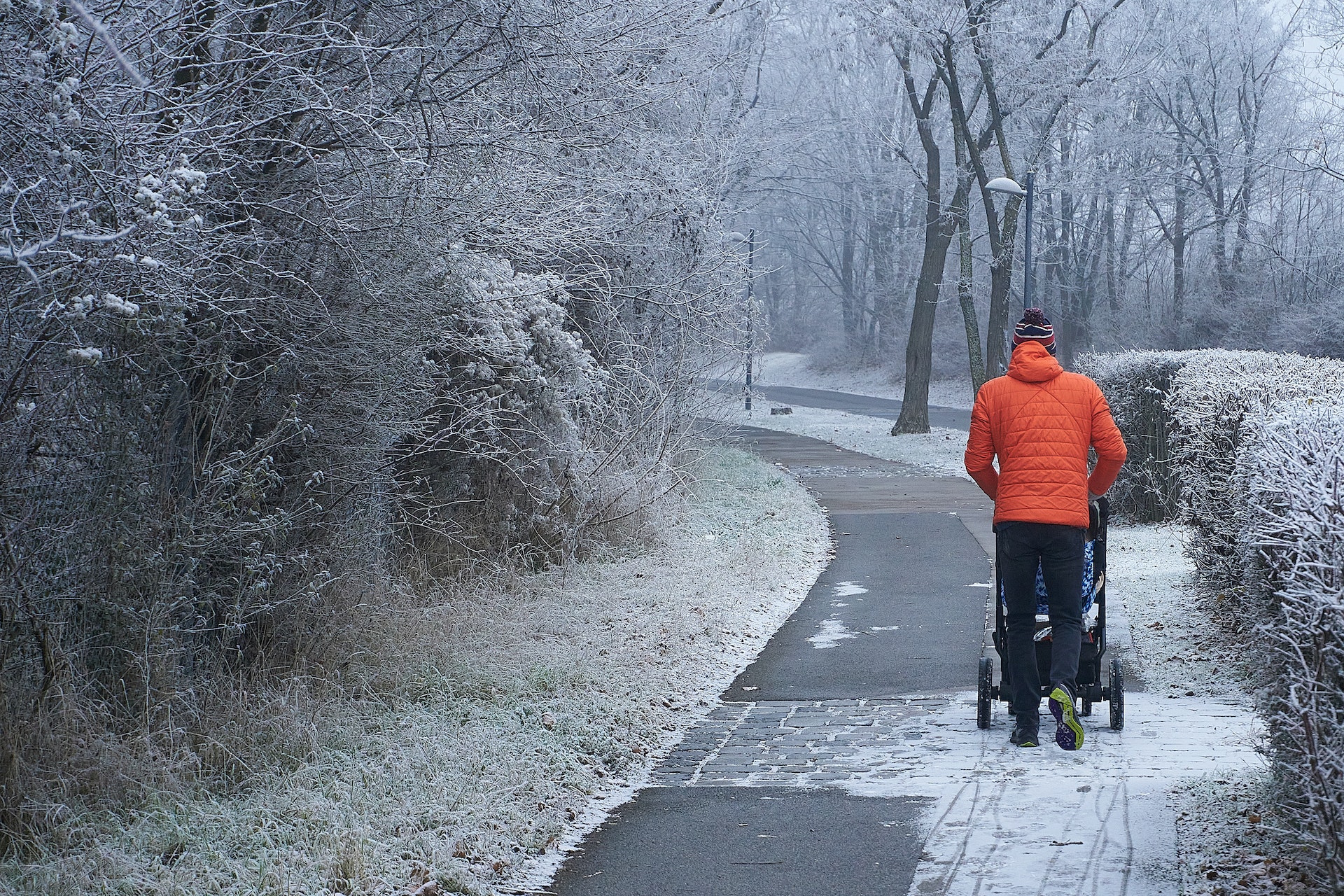Now winter is truly upon us, it’s time to make a plan for how you will de-ice your drive and pathways once temperatures drop below freezing. Slippery ice, often formed under snow or after rain, can be dangerous both to yourself and any visitors to your home.
You need to make sure you have the supplies you need in hand when it appears. We’ve laid out directions for the most common method of de-icing your driveway below, as well as some suggestions for alternative methods you can try.
How do I de-ice my drive?
Rock salt is the most common method used to melt ice on drives and pathways. Rock Salt is cheap and easy to find, you can buy it at most hardware stores, garden centres and petrol stations during the winter.
It’s also very easy to use (we’ve laid out some directions below), but a word of caution – rock salt contains both cyanide and chloride, so it’s harmful to pets and plant life. Be careful to avoid plants and clear up excess salt afterwards so pets don’t eat any.
How to de-ice your drive with Rock Salt
De-icing your driveway and paths with salt is simple, here’s what to do:
- You’ll need to remove any standing snow. Use a shovel or broom to clear any loose snow or ice from the surface before you start.
- Spread an even layer of salt over the area – you’ll want to use around 200g for every 10 square meters you want to clear.
- Sprinkle a little lukewarm water over the salt once it’s down to start the melting
- Once most of the ice has melted – it should take between 10 and 30 minutes – use your shovel or broom to clear any leftover salt and debris.
Other ways to de-ice your driveway
If you want to avoid using rock salt, there are a few other ways to keep your paths and driveway clear of ice.
Rubbing Alcohol
Alcohol has a lower freezing point than water, so it will do the same job as salt when it comes to melting ice. You’ll want to use isopropyl or rubbing alcohol of around 70% proof, rather than the bottle of baileys knocking around in the cupboard from last year. Fill a spray bottle with the alcohol and use it as you would salt, clearing the area of snow first and then covering the ice in an even layer.
Snow Melt Mats
Snow melt mats use a heating element to melt ice quickly and without any potentially harmful chemicals. Some are designed to be installed under your driveway, whereas others lie on top of the surface. Mats that operate effectively and safely can cost hundreds of pounds, so they’re usually used in areas where ice causes problems for a large part of the year.
Shovelling
If you’re worried about ice forming under snow, an effective and eco-friendly solution is to stop snow banks from forming. It may not always be possible, but clearing standing snow from your paths and driveways as soon as it settles will protect you from icy surfaces later.
Read more moving and home maintenance guides:













